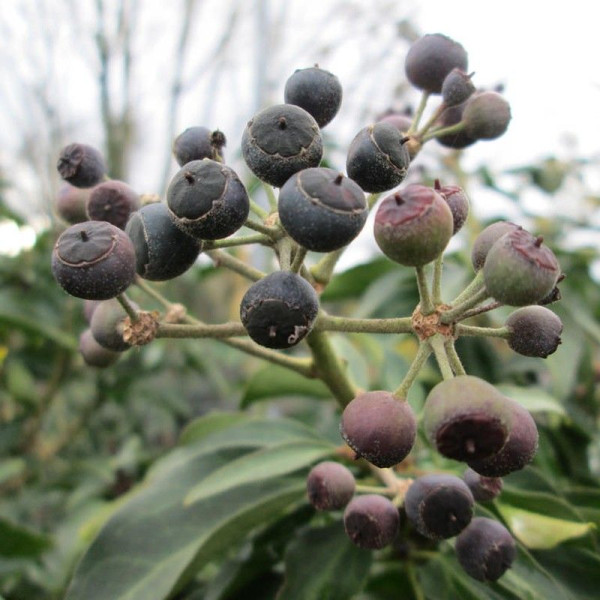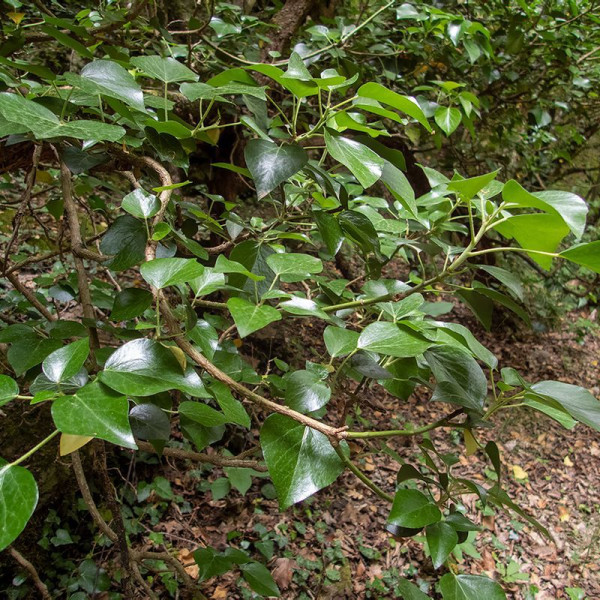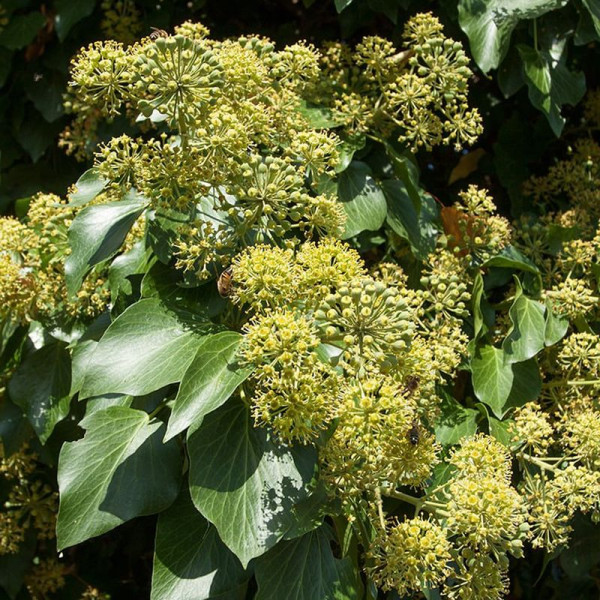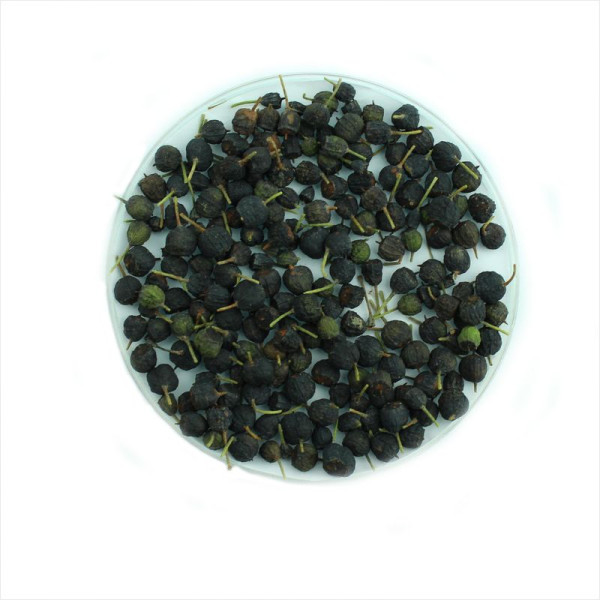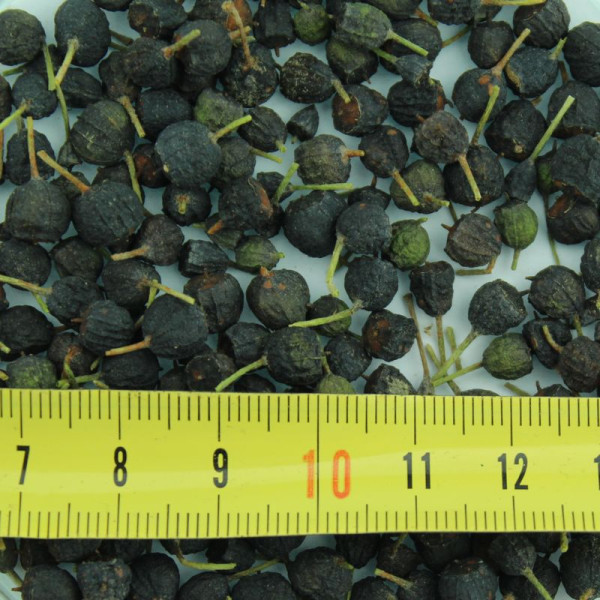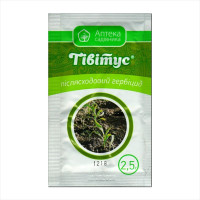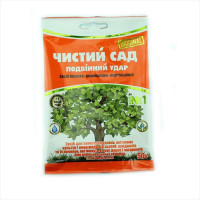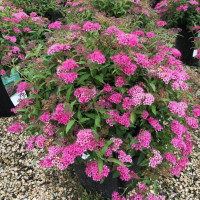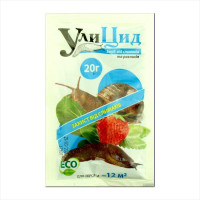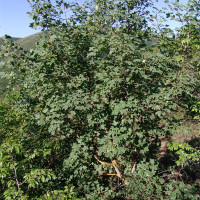Common ivy common ivy, European ivy, King's Choice ivy, or just ivy / Hedera helix - еvergreen dioecious liana. The stem is woody, branched, creeping, attached to surrounding objects by numerous sucker-like additional roots, reaching a length of 10 to 80 m.
The generic Latin name of the plant comes from the Greek word "oedon" - "singer, bard". However, some botanists believe that the name of the plant comes from the Celtic word "hedea" - "cord". The species name comes from the word "helisso", which means "to curl".
The leaves are leathery, bare, shiny, cordate on sterile shoots, and whole, rhomboid-ovate on flowering branches. The flowers are yellow-green, in simple umbels, collected in a brush. It blooms in September-October. The fruit is a berry, first green, then black, inedible for humans, but serves as food for birds, which spread the seeds with their droppings.
It grows in deciduous forests, mainly in oak, less often in beech, in lowlands and foothills.
In ornamental gardening, it is used for vertical gardening. It is grown as a houseplant.
Ivy is an excellent honey plant. The honey is white, quickly "sets" (crystallizes), aromatic with a mint-menthol flavor.
Ivy greens are valuable green food for wild and domestic herbivores all winter long.
In folk medicine, ivy leaves are used, which contain saponins, hederin, as well as inositol, carotene, formic and malic acids, and stems, which contain gum. Ivy leaves are used for chronic inflammation of the mucous membranes, tuberculosis, rickets, and other diseases. In fresh form, they are used as an external remedy for burns, for dressing purulent wounds.
Before planting, you need to destroy the shell of dry berries and extract the seeds from them, then soak them for a day or two in water or a stimulant solution.
There are no reviews for this product, be the first to leave your review.

No questions about this product, be the first and ask your question.

- Best prices on the market thanks to own production
- Only original germinating seeds

